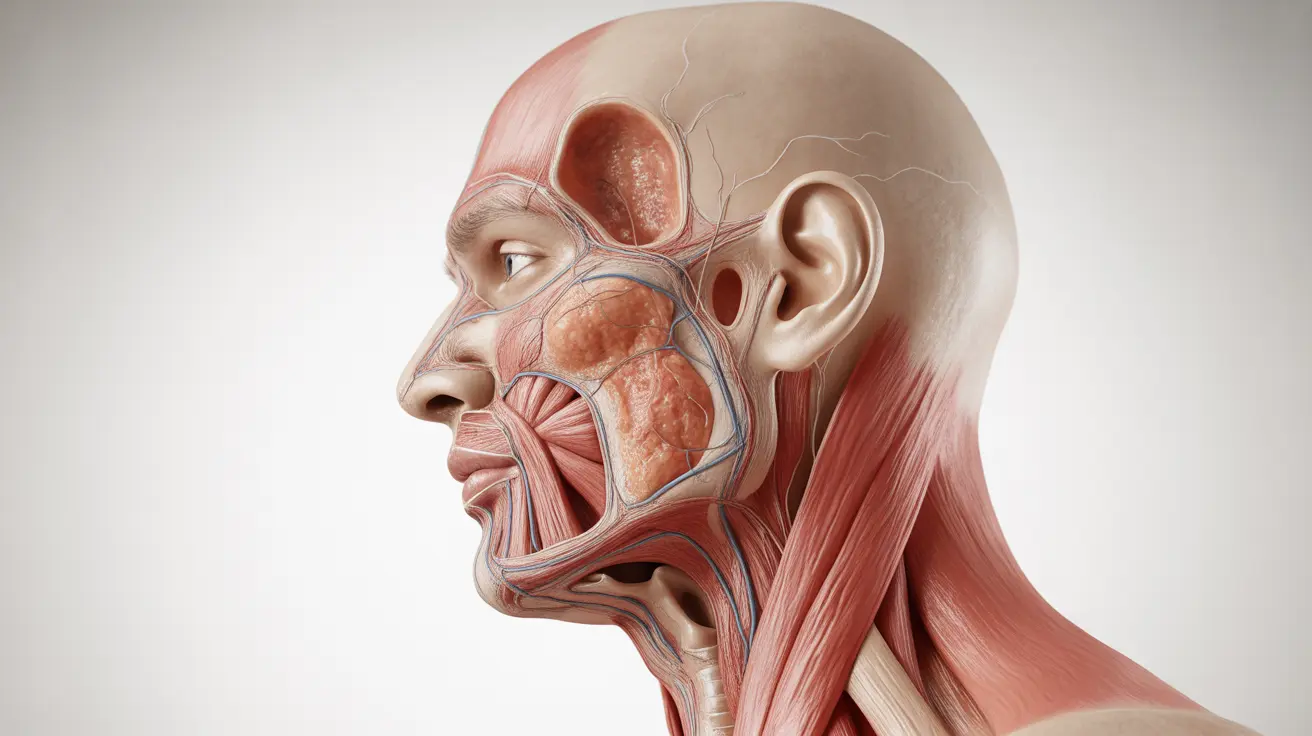Your waist-to-hip ratio (WHR) is more than just a number—it's a valuable tool that can help predict your risk for serious health conditions. This simple measurement compares the circumference of your waist to that of your hips, providing insights into how your body stores fat and what that might mean for your overall health.
Understanding and monitoring your waist-to-hip ratio can be crucial for maintaining good health and preventing various medical conditions. Let's explore what this measurement means, how to calculate it correctly, and why it matters for your well-being.
What Is Waist-to-Hip Ratio?
The waist-to-hip ratio is a measurement that compares your waist circumference to your hip circumference. This calculation helps determine whether you're carrying excess weight around your midsection, which can be particularly dangerous for your health. Unlike other body measurements, WHR specifically focuses on abdominal obesity, also known as central obesity.
Healthy WHR Ranges
For women, a healthy waist-to-hip ratio is typically 0.85 or less. For men, the healthy range is 0.90 or less. Measurements above these values indicate increased health risks and may suggest the need for lifestyle modifications.
Measuring Your Waist-to-Hip Ratio Correctly
Taking accurate measurements is crucial for calculating your WHR. Here's how to do it properly:
- Stand straight with feet together
- Use a flexible measuring tape
- Measure waist at the narrowest point, usually above the belly button
- Measure hips at the widest point around the buttocks
- Divide waist measurement by hip measurement to get your ratio
Health Implications of WHR
Your waist-to-hip ratio can be a powerful predictor of various health conditions. A higher ratio often indicates excessive abdominal fat, which is metabolically active and can contribute to several health issues:
- Cardiovascular disease
- Type 2 diabetes
- High blood pressure
- Metabolic syndrome
- Certain types of cancer
WHR vs. BMI
While Body Mass Index (BMI) has been traditionally used to assess health risks, WHR often provides more accurate insights into metabolic health. This is because WHR specifically measures abdominal fat distribution, which is more closely linked to serious health conditions than overall body weight.
Managing Your Waist-to-Hip Ratio
Improving your WHR involves targeting abdominal fat through various lifestyle modifications:
- Regular aerobic exercise and strength training
- Balanced, nutrient-rich diet
- Adequate sleep
- Stress management
- Limiting processed foods and sugar intake
- Maintaining consistent physical activity
Frequently Asked Questions
What is the waist-to-hip ratio and how does it relate to overall health? The waist-to-hip ratio is a measurement comparing your waist circumference to your hip circumference. It's an important indicator of health because it helps identify dangerous abdominal fat accumulation, which is linked to various cardiovascular and metabolic conditions.
How do I measure my waist-to-hip ratio accurately at home? To measure WHR at home, use a flexible measuring tape to measure your waist at its narrowest point and your hips at their widest point. Divide the waist measurement by the hip measurement to calculate your ratio.
What health risks are associated with a high waist-to-hip ratio, and how can they be managed? A high WHR is associated with increased risks of heart disease, type 2 diabetes, and metabolic disorders. These risks can be managed through regular exercise, healthy eating habits, stress reduction, and lifestyle modifications.
Is waist-to-hip ratio a better indicator of health risks than body mass index (BMI)? WHR is often considered more accurate than BMI for assessing health risks because it specifically measures abdominal fat distribution, which is more strongly correlated with cardiovascular and metabolic health issues than overall body weight.
How can maintaining a healthy waist-to-hip ratio help prevent conditions like heart disease and diabetes? Maintaining a healthy WHR through proper diet and exercise helps reduce dangerous visceral fat around organs, which can lower inflammation, improve insulin sensitivity, and reduce the risk of cardiovascular disease and diabetes.




